The Borei class, alternate transliteration Borey, Russian designation Project 955 Borei and Project 955A Borei-A (Russian: Борей, lit. ‘Boreas‘, NATO reporting name Dolgorukiy), are a series of nuclear-powered ballistic missile submarines being constructed by Sevmash for the Russian Navy. The class is projected to replace the Soviet-era Delta III, Delta IV and Typhoon classes in Russian Navy service.
Despite being a replacement for many types of SSBNs, Borei-class submarines are much smaller than those of the Typhoon class in both volume[8] and crew (24,000 tons opposed to 48,000 tons and 107 personnel as opposed to 160 for the Typhoons). In terms of class, they are more accurately a follow-on for the Delta IV-class SSBNs.
I’ve made this model both for display purposes and for R/C enhusiasts. There are two separate file packs for each purpose. Display model is approximately 21cms long to fit most 3d printers. Surely it can be enlarged as you wish if you have a large enought printer. The RC model consists of a shell and dive-rudder planes. It is approximately 1 meters long and has 1mm thickness.
Continue reading for more renderings and the HI-REZ STL files for 3d printing.
Read More Pages: 1 2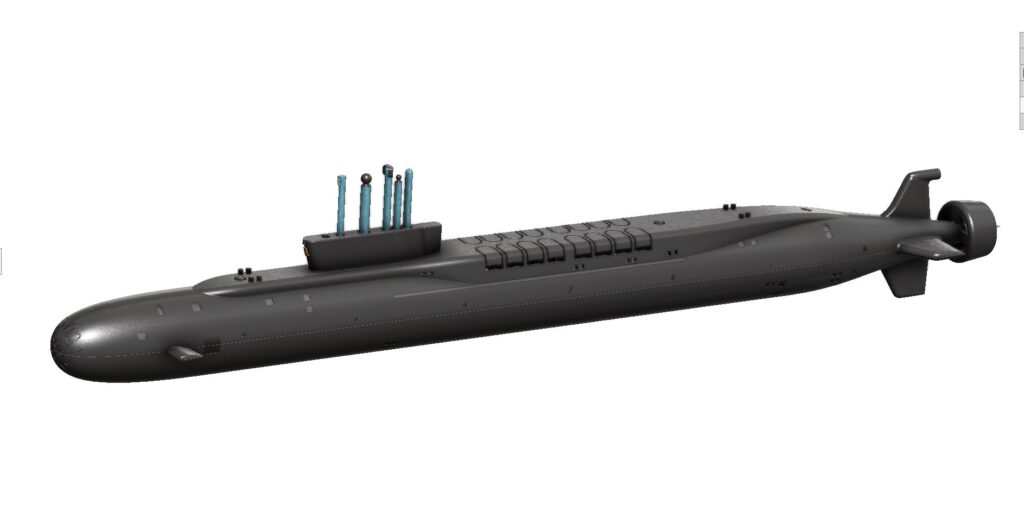
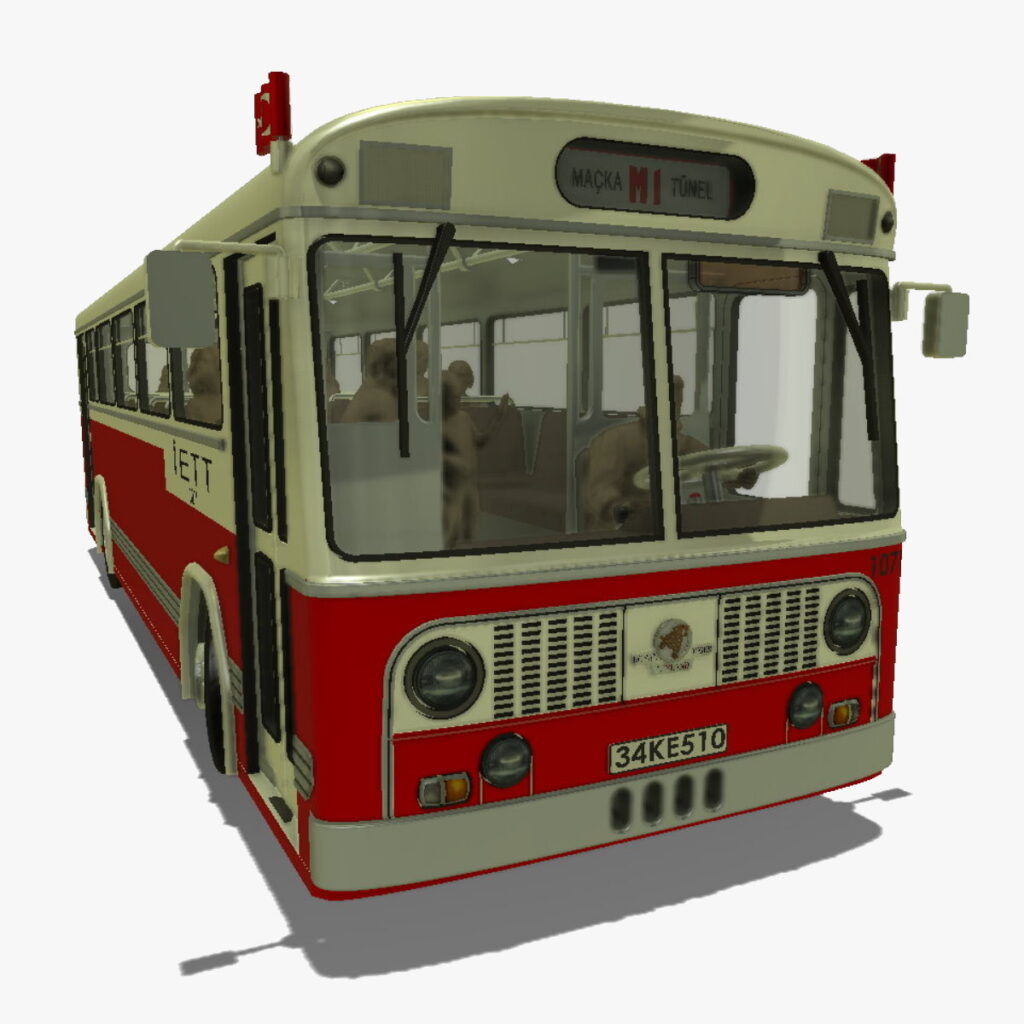
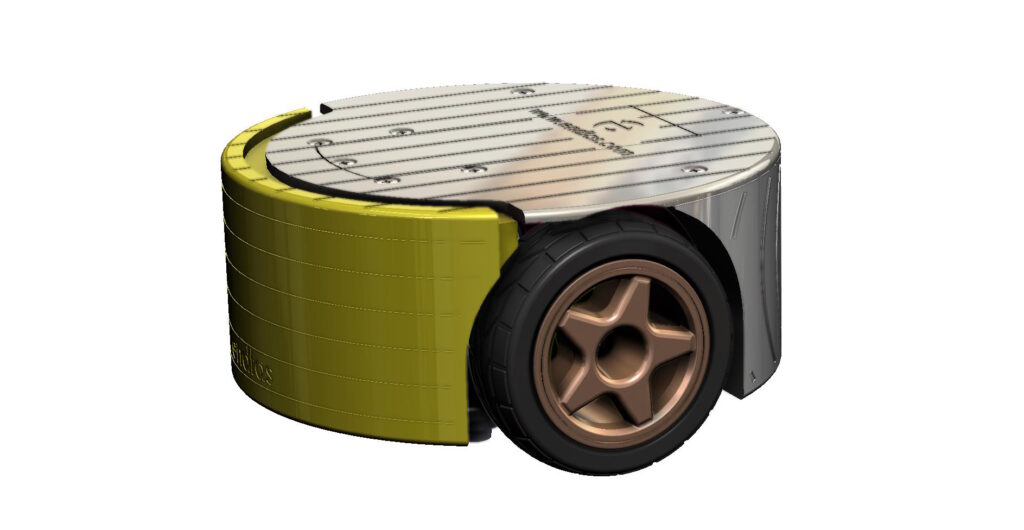
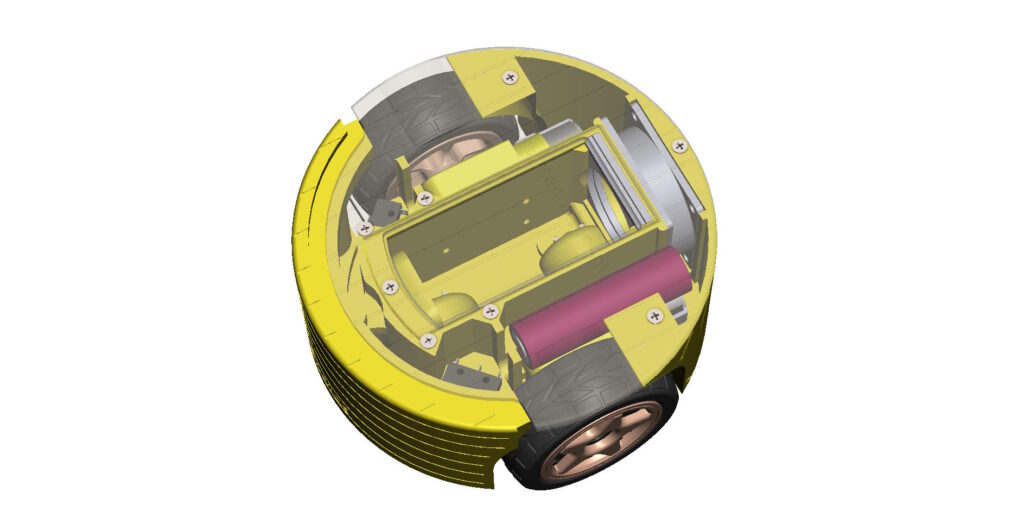

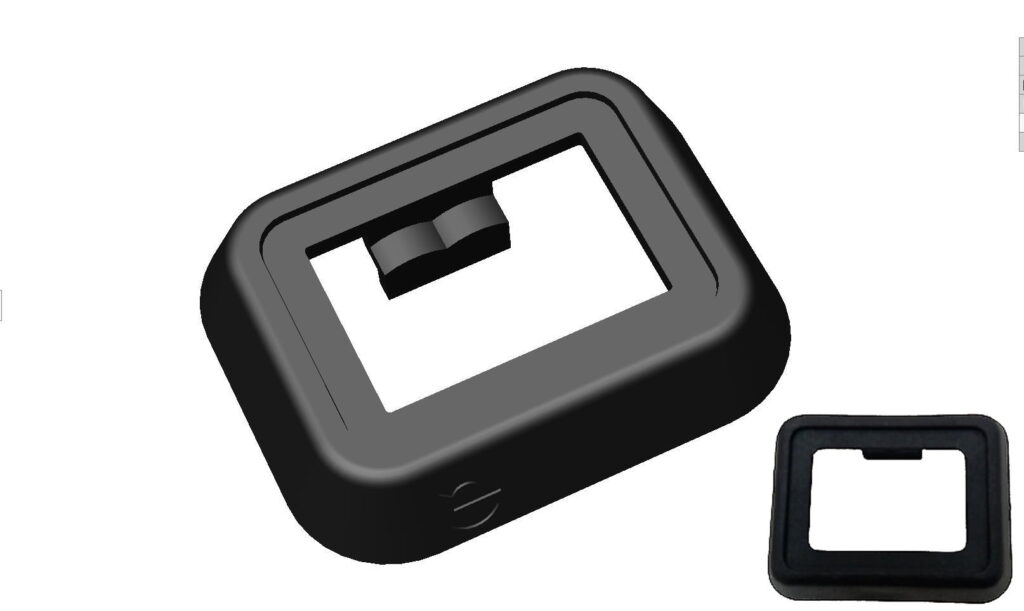
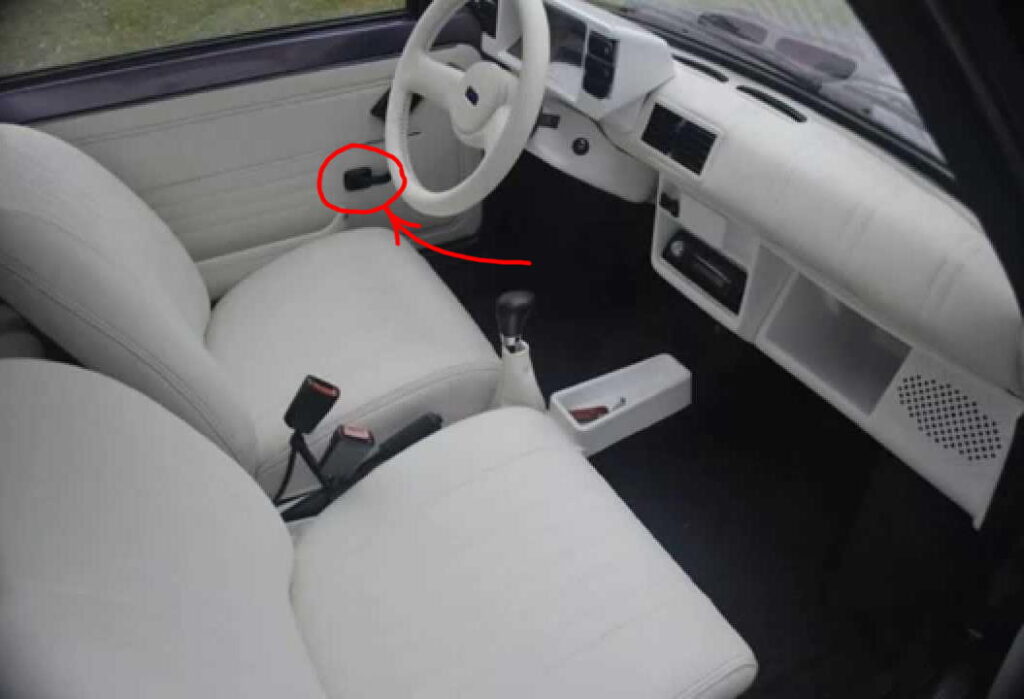
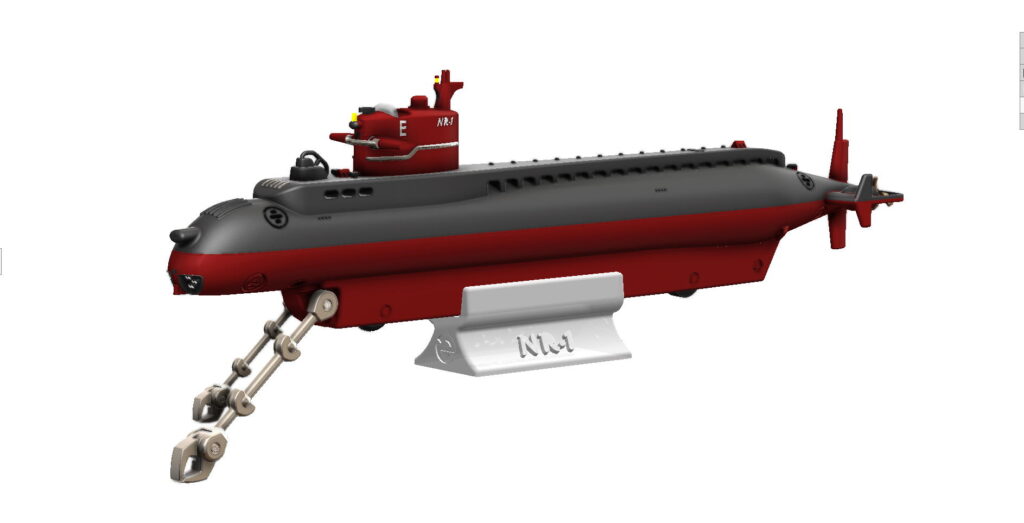
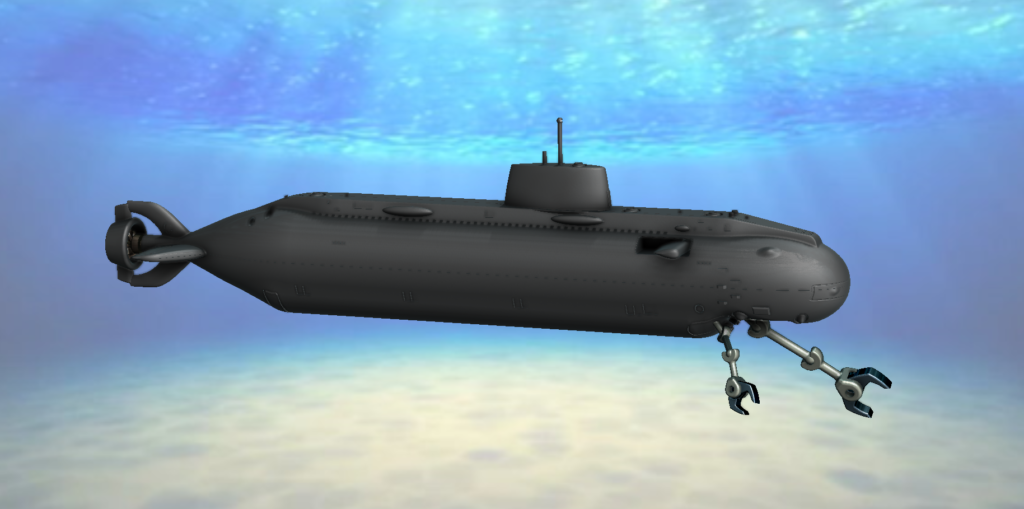
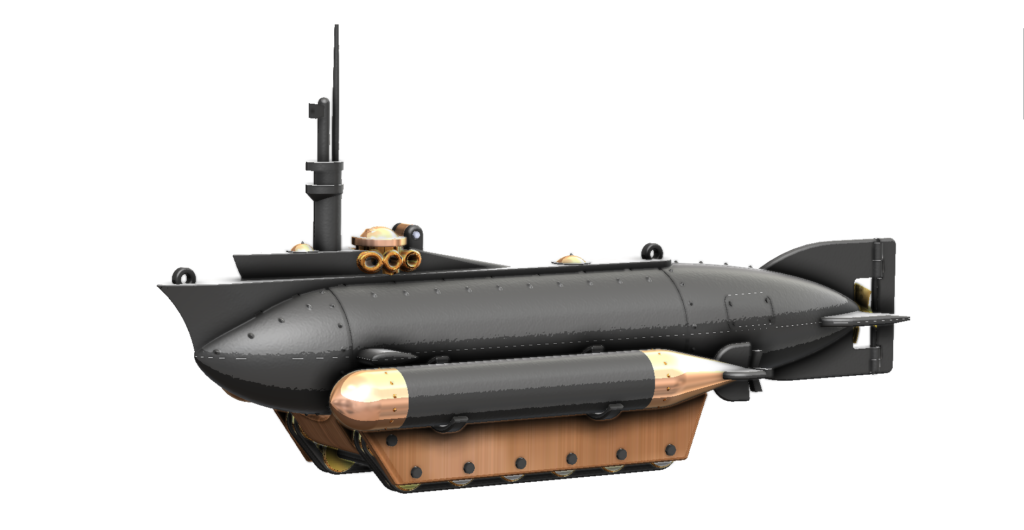








 Users Today : 10
Users Today : 10 Users Yesterday : 47
Users Yesterday : 47 Users Last 7 days : 511
Users Last 7 days : 511 Views Today : 31
Views Today : 31 Views Yesterday : 197
Views Yesterday : 197 Views Last 7 days : 2017
Views Last 7 days : 2017 Total views : 1245284
Total views : 1245284 Who's Online : 0
Who's Online : 0